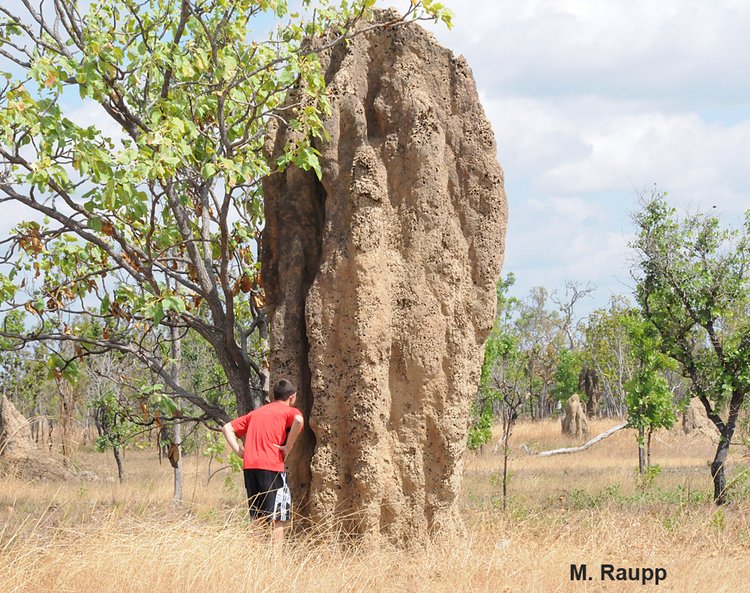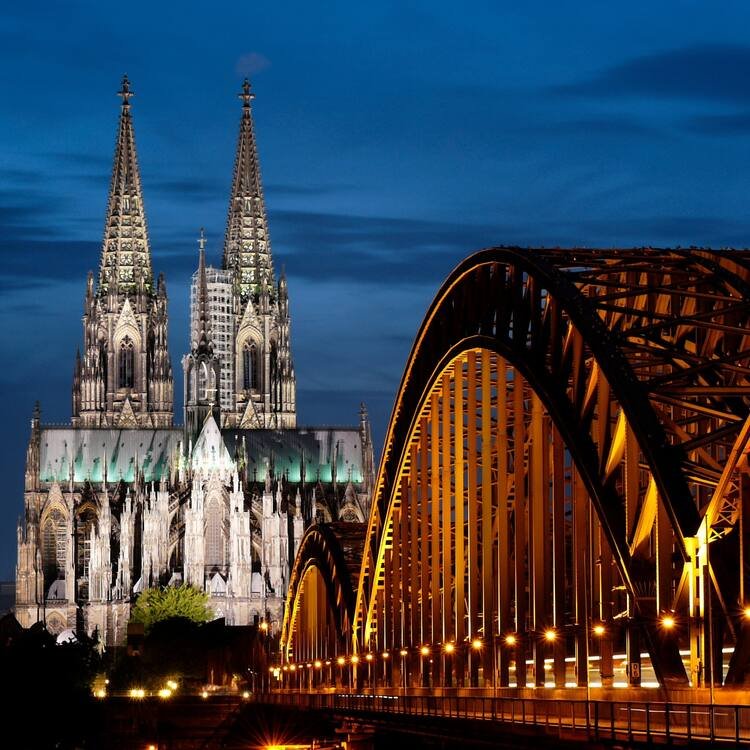My Top Three Animal Builders
Humans can learn much from our fellow animal builders. Though not all animals build, the ones that do have evolved into top-notch architects, engineers, plumbers, and contractors.
My top three animal builders:
#3 Vogelkop Bowerbird
A "bower" is 1) an attractive dwelling or retreat or 2) a lady's private apartment in a medieval hall or castle. The bowerbird constructs one of the most pleasant sanctuaries of the animal kingdom. These large homes (typically three feet tall and five and a half feet across) are built with front lawns and majestic entrances.
Hoping to best his bowerbird brother in attracting a mate, the male is a chivalric Felix Unger type who maintains a tidy front-of-house adorned with leaves, flowers, and shiny beetle parts.
#2 Cathedral Termite
The Cathedral Termite is the undisputed champion builder of the animal high-rise. Their homes, which would sit well within the Mordor landscape, typically stand over 15 feet or 4.5 meters tall. Considering a single Cathedral Termite is 2-3 millimeters tall, they build relative structures four times higher than anything built by humans (the highest we've gotten is Dubai's Burj Khalifa).
These super high rises have sophisticated air cooling systems that maintain a comfortable temperature. Water is produced through condensation and below-ground fungi gardens provide food.
#1 Prairie Dogs
Leading with its darn-tootin, middle-American good looks, the prairie dog has one of the most complex communication and social structures of any animal.
Prairie dogs are a keystone species, a "species that has a disproportionately large effect on its natural environment relative to its abundance."1 Their mounds are often used by other species and "their mound-building encourages grass development and renewal of topsoil, with rich mineral, and nutrient renewal in the soil, which can be crucial for soil quality and agriculture. They are extremely important in the food chain, being important to the diet of many animals such as the black-footed ferret, swift fox, golden eagle, red tailed hawk, American badger, and coyote."2
Prairie dogs build "towns" that can span hundreds of acres or more. Before large-scale human settlement, prairie dog towns were ginormous. A prairie dog town discovered in Texas in the early 1900s was estimated to span 25,000 miles and house over 400 million prairie dogs. Human settlements have only become as large as Tokyo, Japan, with over 37 million people and covering 845 square miles.
Towns contain "wards" of approximately 20 families. Families spend their entire lives in their own burrows and build rooms for specific purposes: a nursery, listening posts for predators, turnaround locations, food storage, and air chambers to protect from flooding.
SOURCE: FactZoo Animals
The North American prairie dog takes my top spot.
Each of these animals teache important lessons for humans. They build in a manner that serves their species and the surrounding world. These homes not only support the family unit but allow a healthy coexistence with the larger community of their species. They can build a massive megalopolis while supporting other species and enhancing the surrounding ecology. The architect Christopher Alexander described this beautiful dance as Wholeness. These animals build whole places.
Human’s dramatic building failures disqualify us from my list.
This Kentucky Fried Taco Hut is the antithesis of Whole. It has no connection to the local human culture and history. Its cartoon architecture assaults the surrounding ecology. This is not a building but only a machine for dispensing salty, cheesy, fried, food-like products. It will likely be demolished within a short generation.
But our successes are equally dramatic. Buildings like the Cologne Cathedral display a level of beauty, grandeur, and awe unmatched in the animal kingdom.
This building strives for a degree of Wholeness we see natually in other animal builders.
We can deploy human intellect, social structure, and creativity to build Whole Places, places that serve our species, other species, and the natural world. Or, we can build more Kentucky Fried Taco Huts.
We are the planet's most potent keystone species, and the stakes are very high. I hope somday we land in the Top Three.





